A man with a heart condition must regularly track his pulse, blood pressure, and other daily activities. An implanted device in his body accomplishes this from the comfort of his home and with minimal management. If the numbers look concerning, the device sends a message to his smartphone as well as to his physician. The cause—too much fast-paced walking—is diagnosed and fixed with no intervention; these are the most common benefits of IoT in healthcare.
Throughout the entire process, the patient remains at home, never needing to pay an in-person visit to his doctor. No direct medical attention is ever needed. He is, therefore, spared the stress of transportation, waiting times, and unnecessary additional tests. This ideal medical situation is becoming more common among all types of patients, thanks to the Internet of Things (IoT).
The Internet of Things—i.e., the web-enabled connection of everyday devices—has become increasingly common. Voice commands, automation, and electronic interactions can accomplish daily functions that usually require manual human labor, like vacuuming the floor, sending emails, adjusting thermostats, or using Google.
In 2011, before the smartwatch and fitness tracker entered the commercial market, the number of IoT-connected devices worldwide outnumbered the people who possessed them. According to Statista, the IoT healthcare market worldwide is projected to generate US$108.60 billion in revenue by 2024.
As far as global comparisons go, in 2024, the United States is predicted to generate the highest revenue with $9,377 million. The IoT healthcare market is rapidly expanding, with an increasing number of hospitals implementing smart medical devices and remote patient monitoring systems.
The Internet of Things has had a particularly great impact on healthcare, as demonstrated by The Allure Group. In July 2018, Allure became the first Brooklyn-based skilled nursing facility to implement EarlySense, a remote monitoring system that tracks patients’ vital signs and movements courtesy of sensors placed under mattresses and pillows.
Since its introduction at the Bedford Center—one of six facilities in the Allure network—EarlySense has correlated to widespread results showing a 45% reduction in patient falls a 60% reduction in bedsores, and an 80% reduction in code blue events.
Bringing the benefits of IoT in healthcare into medicine results in patient care that is better, safer, and simpler. From medical device implantation to smart sensors, the IoT can expedite the delivery of healthcare, allowing physicians to spend less time on logistics and more time treating conditions and consulting with patients. The IoT is already making a positive impact on medical care in several ways.
Communication through smart devices reduces in-person visits and lets patients manage their care from home. The IoT in healthcare allows care providers to track factors like sleep, heart rate, temperature, physical activity, and blood pressure, to name a few.
As with the hypothetical patient above, alerts are sent to both patients and providers when there is cause for concern, allowing for fast and convenient treatment. Certain devices help reduce the manual work that usually goes into charting patient data. Using voice commands, it captures information and makes it instantly available for review, saving the physician approximately 15 hours per week.
Hearing aids are now connected to Bluetooth technology, letting patients easily adjust levels to suit their specific ears. Ingestible, pill-sized sensors made by companies like Proteus Digital Health monitor medications in the body. Moodables are headpieces that monitor brain waves to combat depression.
Computer Vision technology combined with drones and artificial intelligence (AI) helps the visually impaired navigate physical obstacles. Contact lenses can now help monitor blood sugar for diabetes patients.
Smart Fridge by Weka ensures that vaccines are stored at the right temperatures, streamlining the process for providers and analyzing trends to improve vaccine programs.
Companies such as Novartis, Qualcomm, and Propeller Health are developing smart inhalers to help patients with asthma, chronic obstructive pulmonary disease (COPD), and other lung conditions. The list goes on. The IoT is rapidly improving medical technology, easing the strain on doctors and patients alike.
Before computers entered the healthcare scene, collecting patient data, storing it safely, and monitoring it took a lot of manual labor. Now, IoT in healthcare can collect data and deliver it to the provider no matter where they are, what time it is, or what devices they use to read it. The IoT’s improvements to reporting can save lives.
Spotting problems in real-time allows for quicker and more effective treatment. Reporting emergencies through mobile healthcare apps allows medics to get information faster and provide higher-quality care before the patient arrives at the hospital.
Medical devices connected through Bluetooth, Wi-Fi, and other technology send data to both the patient and the physician. Providers can access final reports and graphs to determine a conclusion for treatment. Data collection in this form can speed up the decision-making process and significantly reduce human errors. Platforms like Kaa (KaaIoT Technologies), Azure (Microsoft), Insights Hub (Siemens), and others are improving the way medical data is collected and analyzed.
Perhaps the most transformative aspect of the IoT in healthcare is its ability to monitor patients remotely. Sensors embedded in wearables, smart beds, and even ingestible capsules track vital signs like heart rate, blood pressure, sleep patterns, and medication adherence in real time. This constant stream of data empowers healthcare providers to proactively identify potential problems and intervene before complications arise.
Imagine a diabetic patient whose smart glucose monitor automatically transmits readings to their doctor, allowing for personalized insulin adjustments and preventing dangerous spikes. This continuous monitoring empowers patients to actively manage their health and gives providers a vital window into their well-being.
The integration of IoT healthcare technology ensures a seamless and efficient exchange of critical health information, facilitating timely interventions and personalized care. Due to the remote monitoring of heart failure, the Center for Connected Health Policy reported a reduction in readmission rates by 50 percent within 30 days.
Several healthcare organizations are looking to use machines that administer prescriptions based on dosage. They can also provide data on ailments through linked devices. Pill-sized sensors can monitor medication from inside the body. Distributing medication via automation lessens the need for manual monitoring, ultimately freeing up providers to focus on more pressing issues.
Utilizing machines to deliver patient care means that healthcare becomes increasingly affordable for all parties involved. Mobility solutions and other new technologies increase workflow productivity. The data collection, reporting, and analysis become more accurate, ultimately saving time and reducing the need for in-person visits.
That’s not just good for the patient but for the healthcare organization as well, allowing them to reduce wait times and prioritize urgent cases. The IoT can also improve care while the patients are in the hospital, cutting down on expenses for all parties. It can also optimize surgery workflow, informing families about the patient’s progress and discharge in real-time.
In the healthcare industry, a transformative era is underway, thanks to the rapid adoption of the Internet of Things (IoT). This interconnected network of sensors, devices, and software is weaving its magic into every aspect of patient care, promising a future of reduced costs, enhanced satisfaction, and increased access to quality healthcare for all.
Healthcare costs are a global concern, and IoT offers a tinge of hope for bringing down those hefty bills. Here’s how,
1. Reduced Readmissions and Shorter Stays
Imagine hospitals predicting and preventing complications before they arise. With IoT-connected wearable sensors continuously monitoring vital signs, doctors can proactively intervene, leading to fewer readmissions and shorter hospital stays. Every penny saved translates to improved financial health for both patients and healthcare systems.
2. Remote Monitoring Magic
Say goodbye to unnecessary doctor visits for routine checkups. Remote monitoring devices like smart blood pressure cuffs and glucose meters allow patients to track their health from the comfort of their homes. This not only saves on transportation costs but also frees up valuable time for both patients and healthcare providers.
3. Medication Adherence Made Easy
Forget missed pills and ineffective treatments. Smart pill dispensers and medication trackers can remind patients to take their medication on time and alert doctors if doses are missed. This boosts treatment effectiveness, reduces hospitalizations, and ultimately saves money.
4. Early Disease Detection
The holy grail of cost savings lies in preventing diseases altogether. By collecting and analyzing real-time health data, IoT algorithms can identify early signs of chronic conditions like diabetes or heart disease. This allows for timely intervention and treatment, preventing costly complications down the line.
Patient satisfaction is no longer just a buzzword; it’s a key metric for healthcare success. Here’s how IoT empowers patients and boosts their satisfaction:
1. Taking Control of Your Health
Imagine having your health data at your fingertips, accessible on your smartphone or tablet. Wearables and health trackers make this a reality, giving patients real-time insights into their vitals, sleep patterns, and activity levels. This knowledge empowers patients to make informed decisions about their health and treatment.
2. Feeling Connected, Even from Afar
Remote monitoring isn’t just about saving money; it’s about building stronger patient-provider relationships. With regular virtual consultations and data sharing, patients can feel connected to their doctors even when they are miles apart. This enhances trust, reduces anxiety, and fosters a sense of continuity in care.
3. Personalized Medicine
Gone are the days of one-size-fits-all treatments. By analyzing a vast amount of individual health data, IoT can pave the way for personalized medicine. Doctors can tailor treatment plans to each patient’s unique needs and genetic makeup, leading to more effective therapies and improved outcomes.
4. Early Disease Detection, Empowered Patients
Just like cost savings, early disease detection benefits both patients and the healthcare system. When patients are informed about potential health risks early on, they can make lifestyle changes and seek preventive care, ultimately improving their quality of life and reducing the burden on healthcare resources.
The potential of IoT in healthcare is truly transformative. From cost savings and improved patient satisfaction to increased access to care, this technological revolution is poised to redefine the healthcare landscape for the better. As we embrace the power of interconnected devices and data, we pave the way for a healthier, happier future for all.
In addition to security, there are obstacles to accessibility. Internet access is not always readily available, particularly for many patients who are elderly, live in rural areas, or are in low-income brackets.
For healthcare and IT departments, the sheer amount of data that comes in through connected devices can be overwhelming, also requiring a steep learning curve. Organizations that do not voluntarily adopt the IoT will likely take the longest to catch up with the bigger cities and institutions that do.
If IoT in healthcare sounds like a dream rather than a reality, it almost is. In certain situations, the challenges nearly outweigh the benefits. Security is the most pressing concern about IoT healthcare. The goals to collect, manage, and store data without risking the hacking of confidential information are ongoing.
As a nation, the United States has a long way to go before achieving a foolproof method. Companies are working on vastly improving security in medical data storage. Even when this issue is resolved, the technology will almost require extensive training for both physicians and administrators. Many healthcare organizations don’t yet have the time or resources to implement the technology, the time, or the training.
Despite the challenges, the future of healthcare will undoubtedly involve the IoT. The IoT will certainly revolutionize the medical industry in unprecedented ways. Improving small parts of already-existing products will bring about significant positive change in healthcare and the lives of patients worldwide.
With higher levels of intelligence, connectivity, and more sophisticated gathering and monitoring of data, new scientific achievements are possible every day. The results are higher efficiency, reduced waste, and healthier lifestyles. That is just the beginning of a future where the medical systems work to their fullest potential.

The Internet of Things (IoT) is transforming healthcare by enabling seamless connectivity between patients, providers, and smart medical devices. From remote patient monitoring and real-time data collection to medication management and early disease detection, IoT empowers healthcare systems to deliver more personalized, efficient, and proactive care.
These innovations not only enhance treatment outcomes but also reduce hospital visits, operational costs, and patient stress—making quality care more accessible and convenient.
Despite challenges such as data security, accessibility in remote areas, and the need for provider training, the benefits of IoT in healthcare are undeniable. As adoption grows, IoT will continue to redefine the healthcare experience—improving workflows, fostering patient engagement, and paving the way for a connected, intelligent, and more equitable future in medicine.
The Internet of Medical Things (IoMT) transforms healthcare by connecting medical devices, providing real-time data for remote patient monitoring, preventing emergencies, and personalizing care. The impact of IoMT extends to early disease detection, which uses massive datasets to predict and prevent illnesses before they worsen. Furthermore, it improves care efficiency by streamlining workflows, lowering hospital readmissions, and optimizing resource allocation for a more efficient healthcare system.
Consider it a network of connected smart medical devices and sensors. From insulin pumps to smart inhalers, these devices collect and exchange data via secure connections, resulting in a continuous stream of health data.
IoT leverages big data in healthcare by utilizing the extensive information generated by IoMT devices. It enables the identification of health trends and patterns through big data analytics, allowing for the prediction of disease outbreaks and the customization of treatment plans. This data is critical for developing new diagnostics and treatments because it allows for the analysis of large datasets to discover new biomarkers and treatment targets. Furthermore, big data improves healthcare research and development by providing real-world insights, and accelerating medical advancements.
While the IoMT holds great promise, it also poses challenges that must be addressed. Data breaches and hacking are cybersecurity threats that endanger patient privacy and safety. Interoperability issues arise when different devices and systems do not communicate seamlessly, limiting data accessibility. To ensure the responsible and secure implementation of IoMT technologies, ethical considerations such as data privacy, ownership, and the potential for bias must be carefully considered.

We worked with Mindbowser on a design sprint, and their team did an awesome job. They really helped us shape the look and feel of our web app and gave us a clean, thoughtful design that our build team could...


The team at Mindbowser was highly professional, patient, and collaborative throughout our engagement. They struck the right balance between offering guidance and taking direction, which made the development process smooth. Although our project wasn’t related to healthcare, we clearly benefited...

Founder, Texas Ranch Security

Mindbowser played a crucial role in helping us bring everything together into a unified, cohesive product. Their commitment to industry-standard coding practices made an enormous difference, allowing developers to seamlessly transition in and out of the project without any confusion....
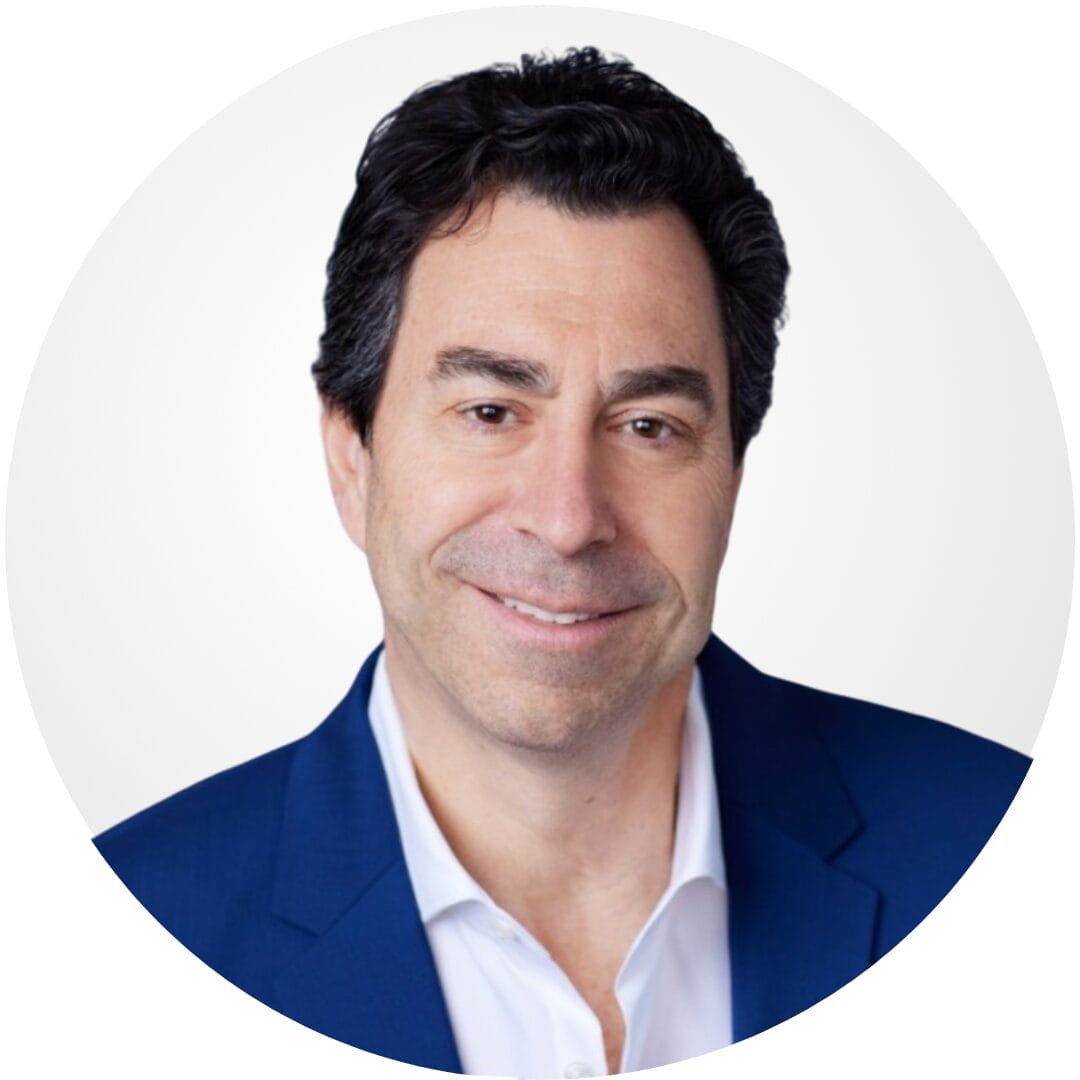
CEO, MarketsAI

I'm thrilled to be partnering with Mindbowser on our journey with TravelRite. The collaboration has been exceptional, and I’m truly grateful for the dedication and expertise the team has brought to the development process. Their commitment to our mission is...
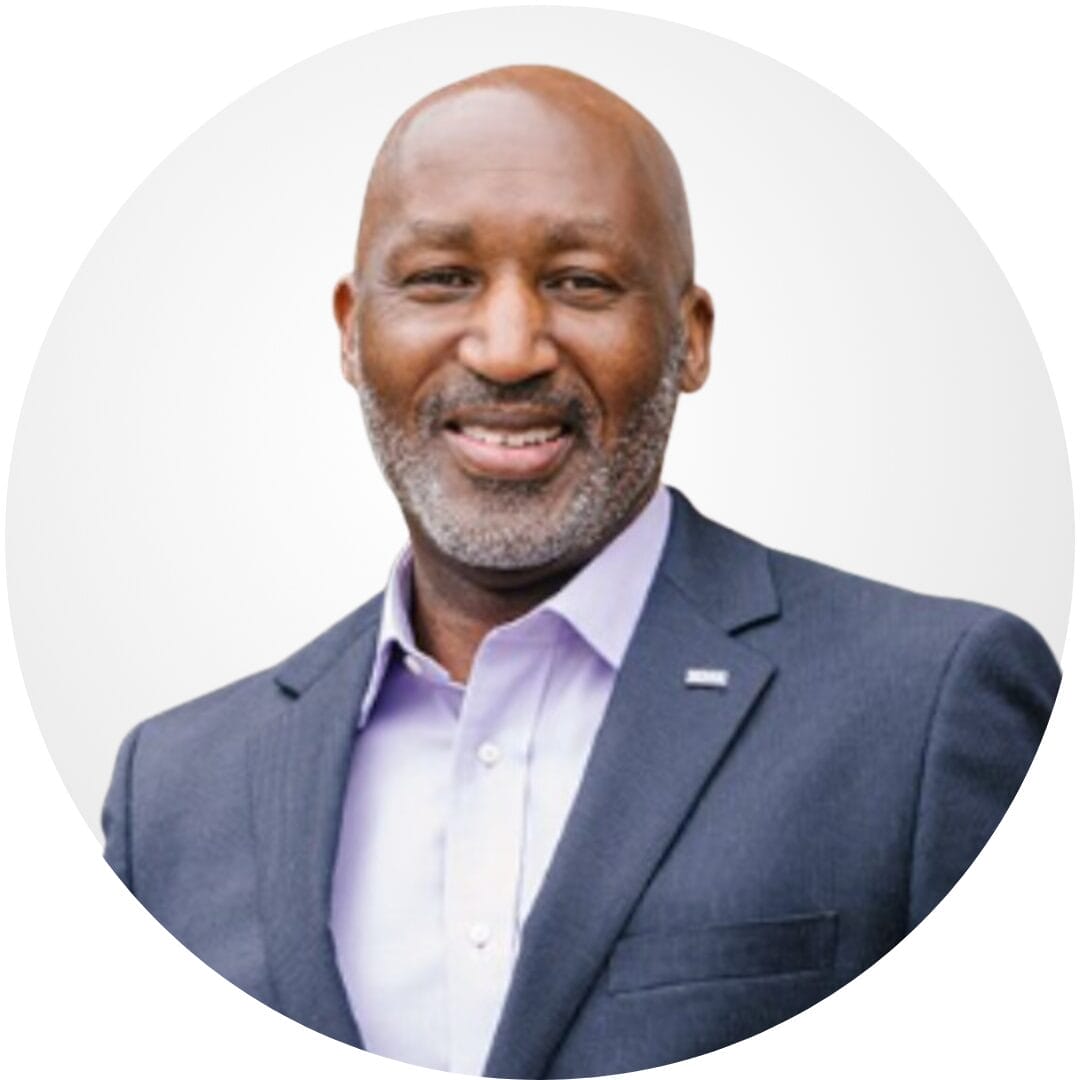
Founder & CEO, TravelRite

The Mindbowser team's professionalism consistently impressed me. Their commitment to quality shone through in every aspect of the project. They truly went the extra mile, ensuring they understood our needs perfectly and were always willing to invest the time to...

CTO, New Day Therapeutics

I collaborated with Mindbowser for several years on a complex SaaS platform project. They took over a partially completed project and successfully transformed it into a fully functional and robust platform. Throughout the entire process, the quality of their work...

President, E.B. Carlson

Mindbowser and team are professional, talented and very responsive. They got us through a challenging situation with our IOT product successfully. They will be our go to dev team going forward.

Founder, Cascada

Amazing team to work with. Very responsive and very skilled in both front and backend engineering. Looking forward to our next project together.
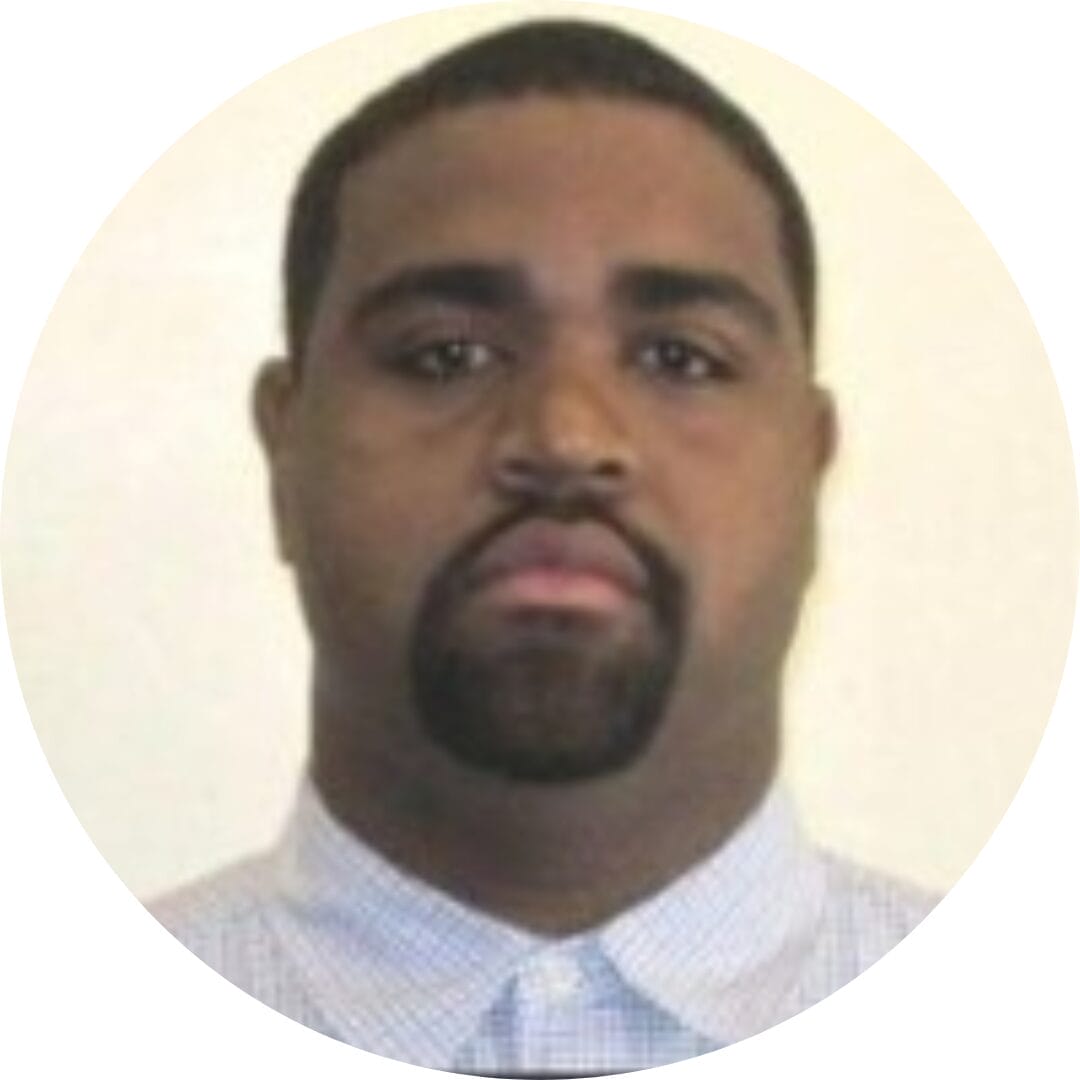
Co-Founder, Emerge

The team is great to work with. Very professional, on task, and efficient.
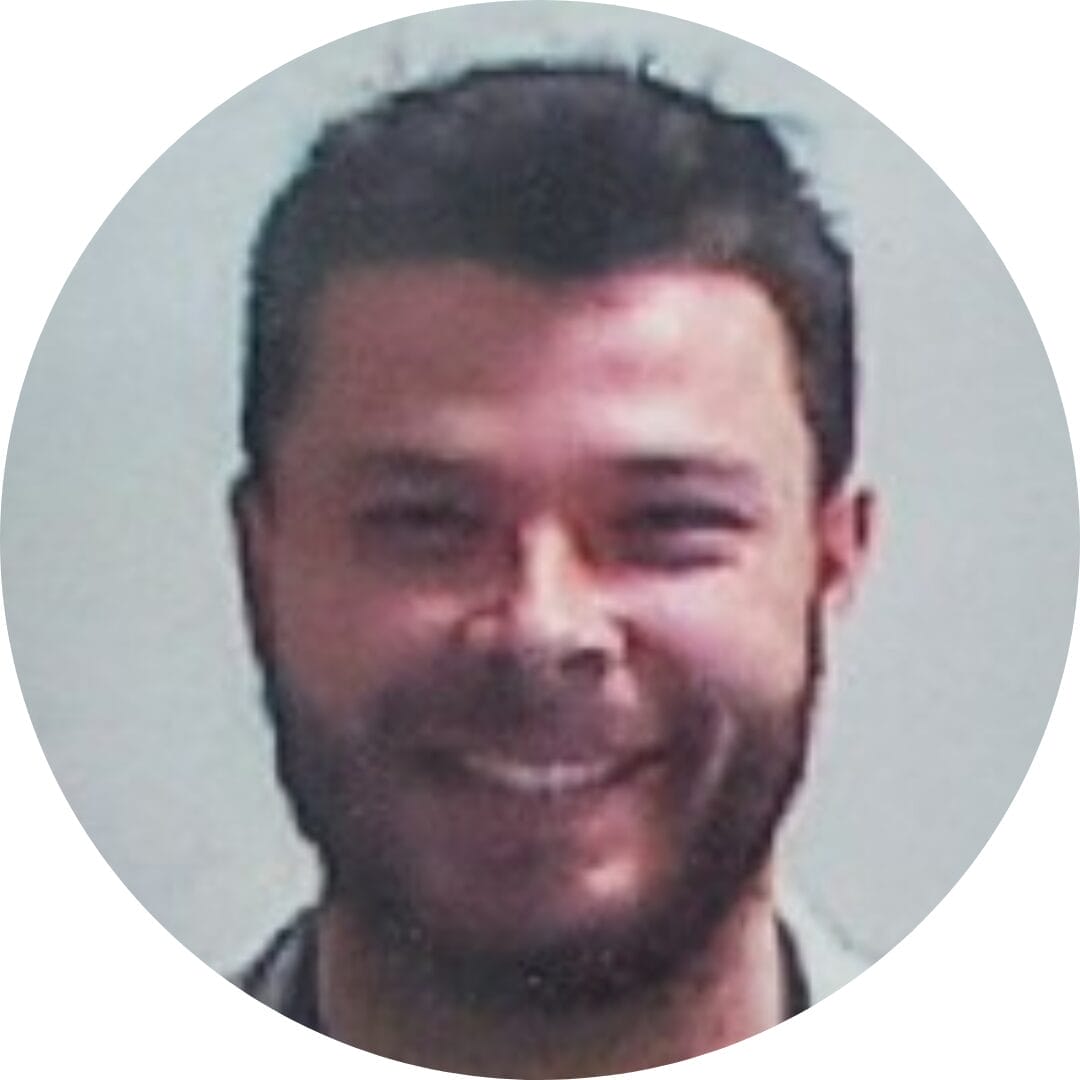
Founder, PeriopMD

I can not express enough how pleased we are with the whole team. From the first call and meeting, they took our vision and ran with it. Communication was easy and everyone was flexible to our schedule. I’m excited to...

Founder, Seeke

We had very close go live timeline and Mindbowser team got us live a month before.
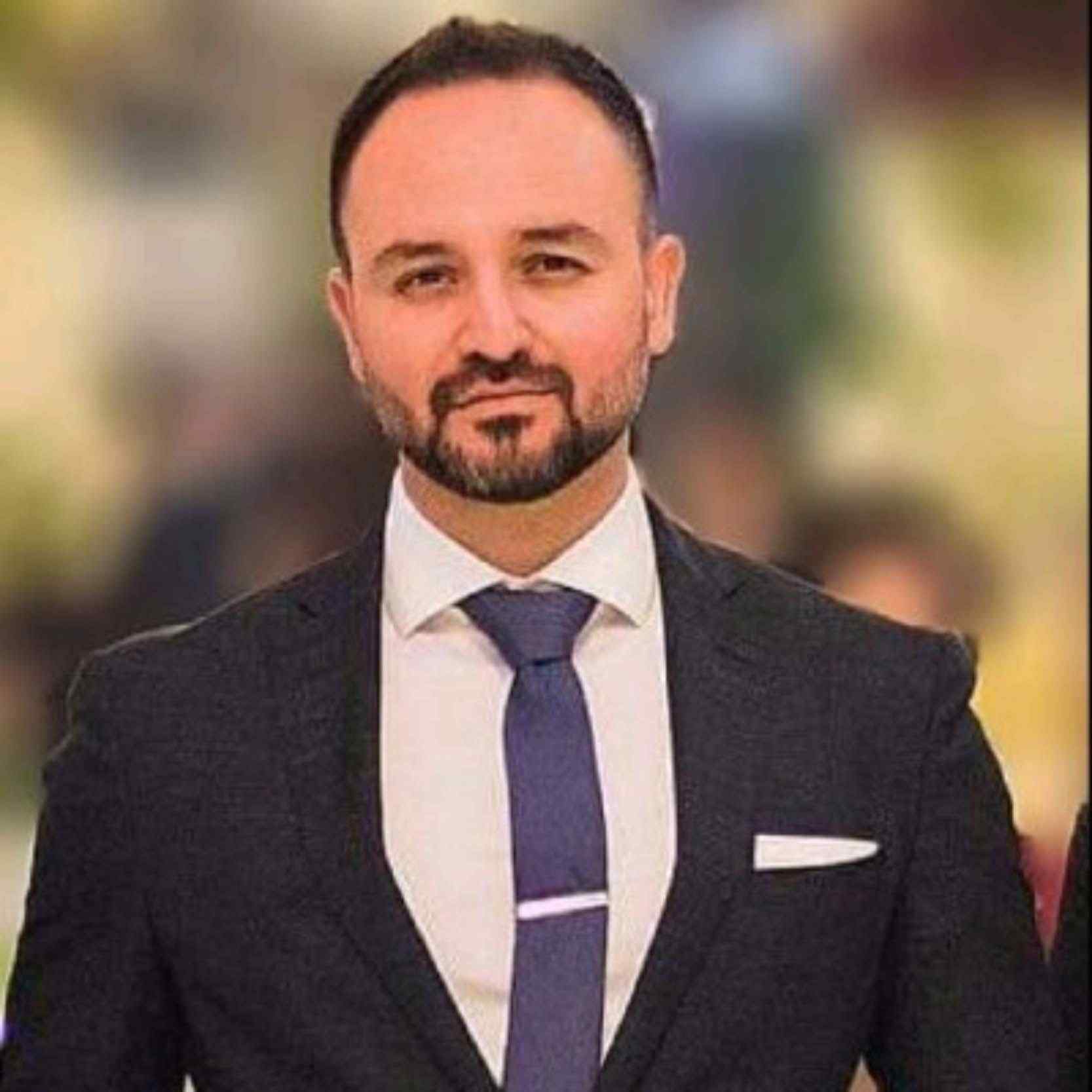
CEO, BuyNow WorldWide

If you want a team of great developers, I recommend them for the next project.

Founder, Teach Reach

Mindbowser built both iOS and Android apps for Mindworks, that have stood the test of time. 5 years later they still function quite beautifully. Their team always met their objectives and I'm very happy with the end result. Thank you!

Founder, Mindworks

Mindbowser has delivered a much better quality product than our previous tech vendors. Our product is stable and passed Well Architected Framework Review from AWS.
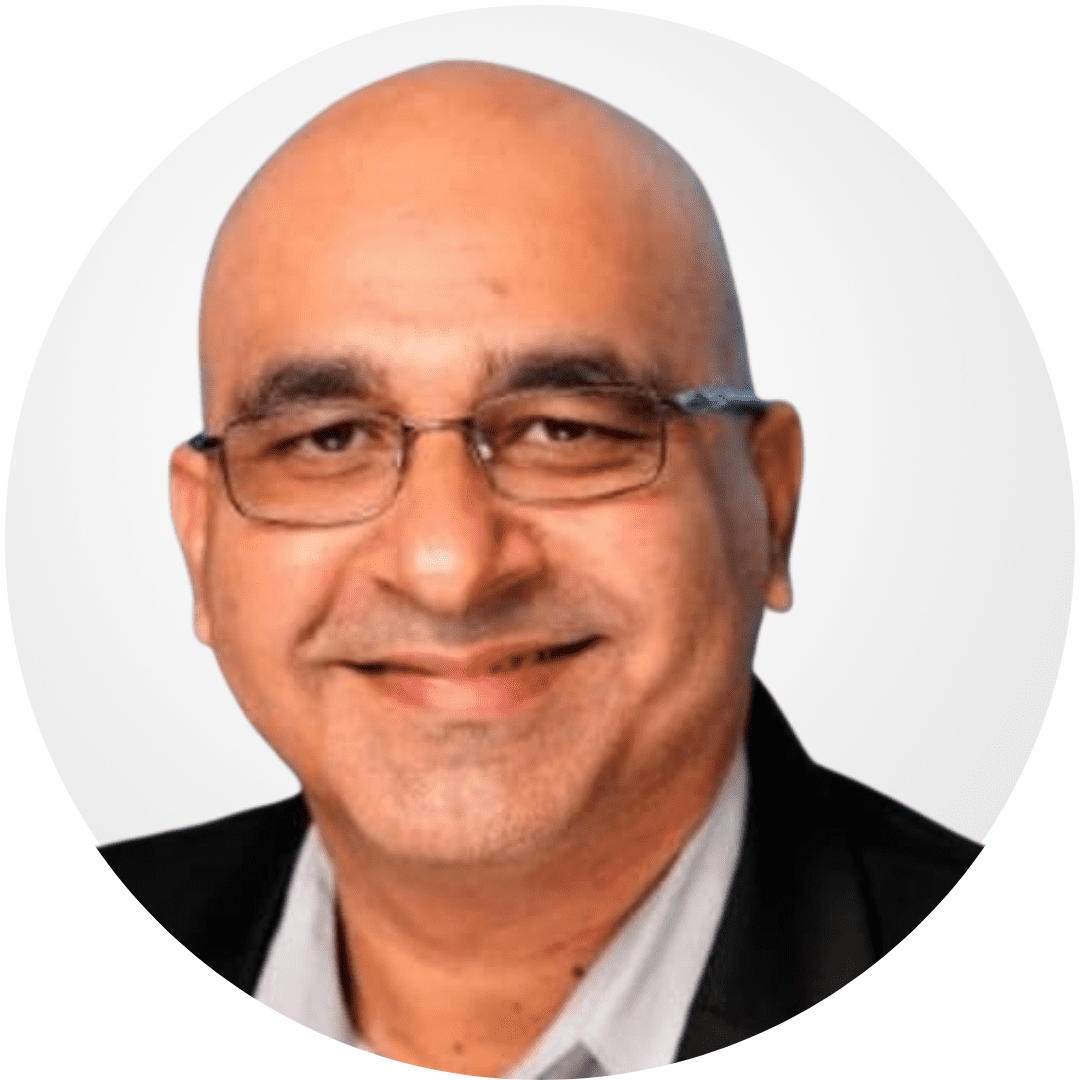
CEO, PurpleAnt

I am happy to share that we got USD 10k in cloud credits courtesy of our friends at Mindbowser. Thank you Pravin and Ayush, this means a lot to us.

CTO, Shortlist

Mindbowser is one of the reasons that our app is successful. These guys have been a great team.

Founder & CEO, MangoMirror

Kudos for all your hard work and diligence on the Telehealth platform project. You made it possible.
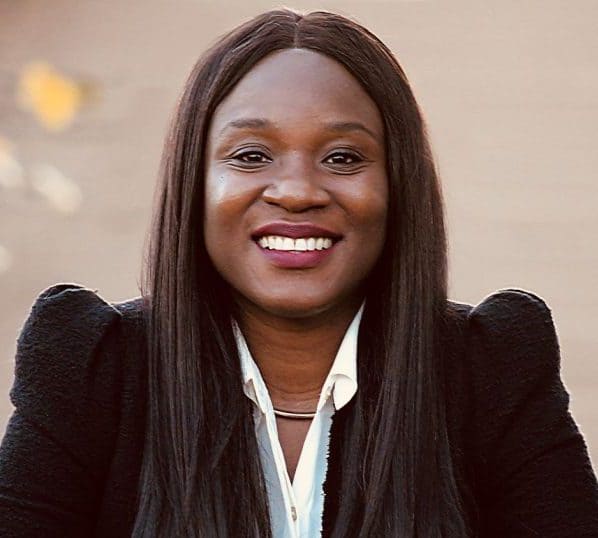
CEO, ThriveHealth

Mindbowser helped us build an awesome iOS app to bring balance to people’s lives.

CEO, SMILINGMIND

They were a very responsive team! Extremely easy to communicate and work with!

Founder & CEO, TotTech

We’ve had very little-to-no hiccups at all—it’s been a really pleasurable experience.
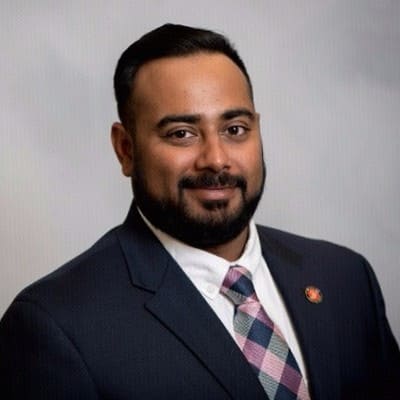
Co-Founder, TEAM8s

Mindbowser was very helpful with explaining the development process and started quickly on the project.

Executive Director of Product Development, Innovation Lab

The greatest benefit we got from Mindbowser is the expertise. Their team has developed apps in all different industries with all types of social proofs.
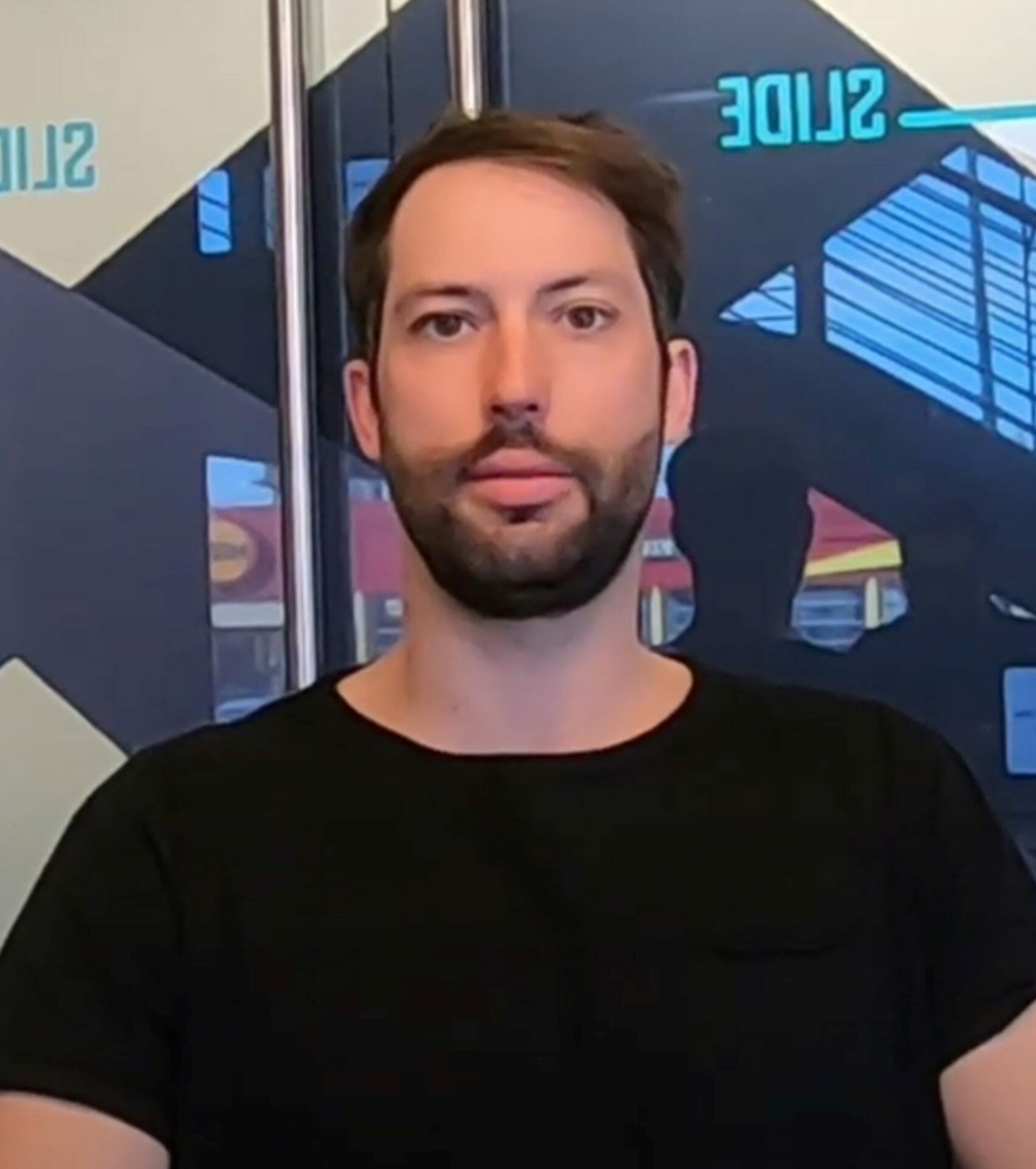
Co-Founder, Vesica

Mindbowser is professional, efficient and thorough.

Consultant, XPRIZE

Very committed, they create beautiful apps and are very benevolent. They have brilliant Ideas.
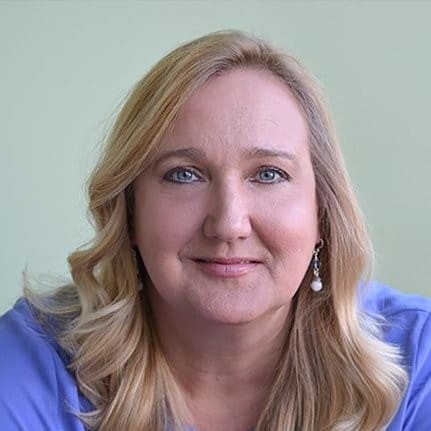
Founder, S.T.A.R.S of Wellness

Mindbowser was great; they listened to us a lot and helped us hone in on the actual idea of the app. They had put together fantastic wireframes for us.

Co-Founder, Flat Earth

Ayush was responsive and paired me with the best team member possible, to complete my complex vision and project. Could not be happier.
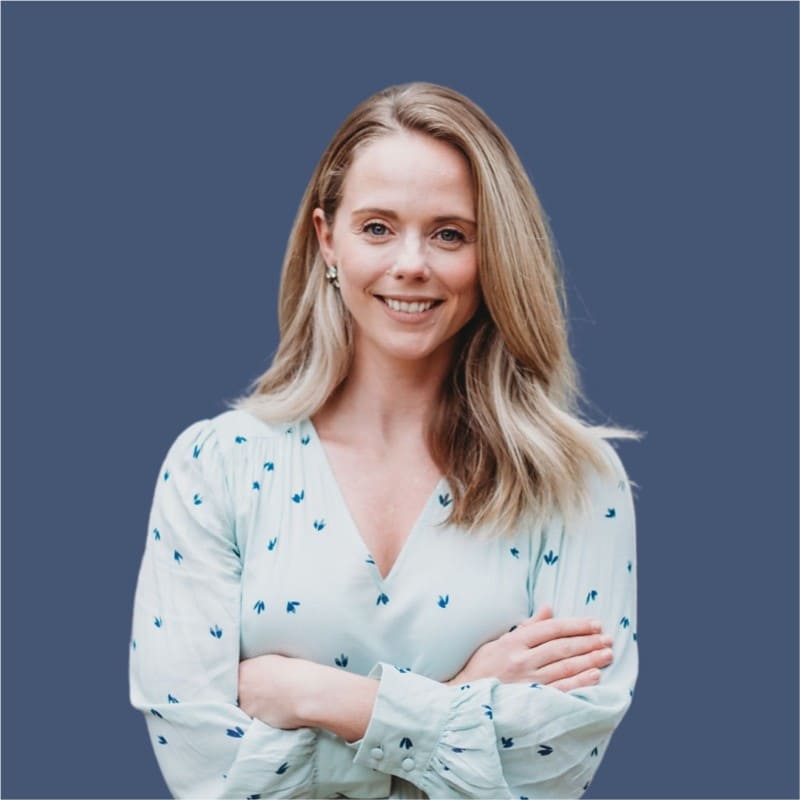
Founder, Child Life On Call

The team from Mindbowser stayed on task, asked the right questions, and completed the required tasks in a timely fashion! Strong work team!
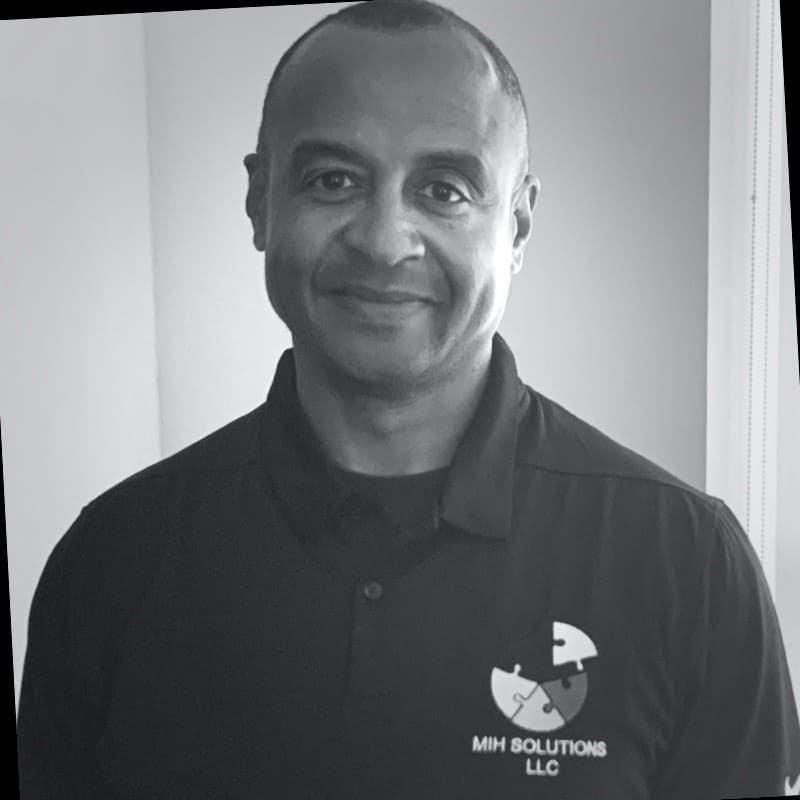
CEO, SDOH2Health LLC

Mindbowser was easy to work with and hit the ground running, immediately feeling like part of our team.

CEO, Stealth Startup

Mindbowser was an excellent partner in developing my fitness app. They were patient, attentive, & understood my business needs. The end product exceeded my expectations. Thrilled to share it globally.

Owner, Phalanx

Mindbowser's expertise in tech, process & mobile development made them our choice for our app. The team was dedicated to the process & delivered high-quality features on time. They also gave valuable industry advice. Highly recommend them for app development...

Co-Founder, Fox&Fork
